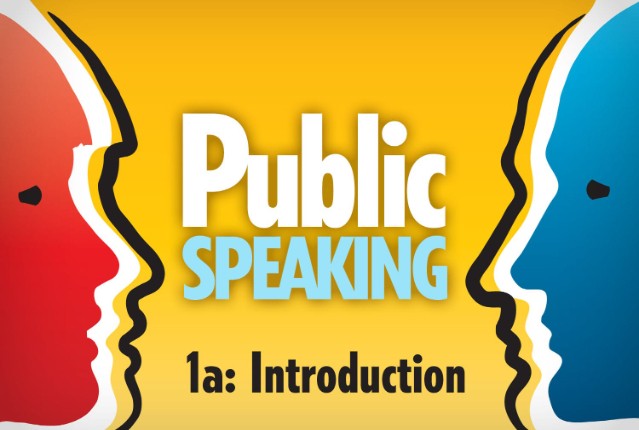
Business Communications 1b: Listen, Speak, & Write in the Workplace
You’ve learned your audience, found your voice, and can read the body’s unspoken words. Now, it’s time to limber up those fingers and learn the P’s and Q’s of communicating in a business setting. In this course, you’re going to take the basic writing skills you’ve developed and revise them so you can take new approaches to planning, building, and distributing documents for a business audience. You’ll continue to explore the essentials of writing while drafting new understandings of business documents, and then you’ll learn to apply your business communication skills to job applications, interviews, and presentations. No matter your career of choice, learning to effectively communicate will help your professionalism grow leaps and bounds. Let’s get writing!
Review course outlineAccess for a year
USD 299.00*
* Choose more courses to get a discount





